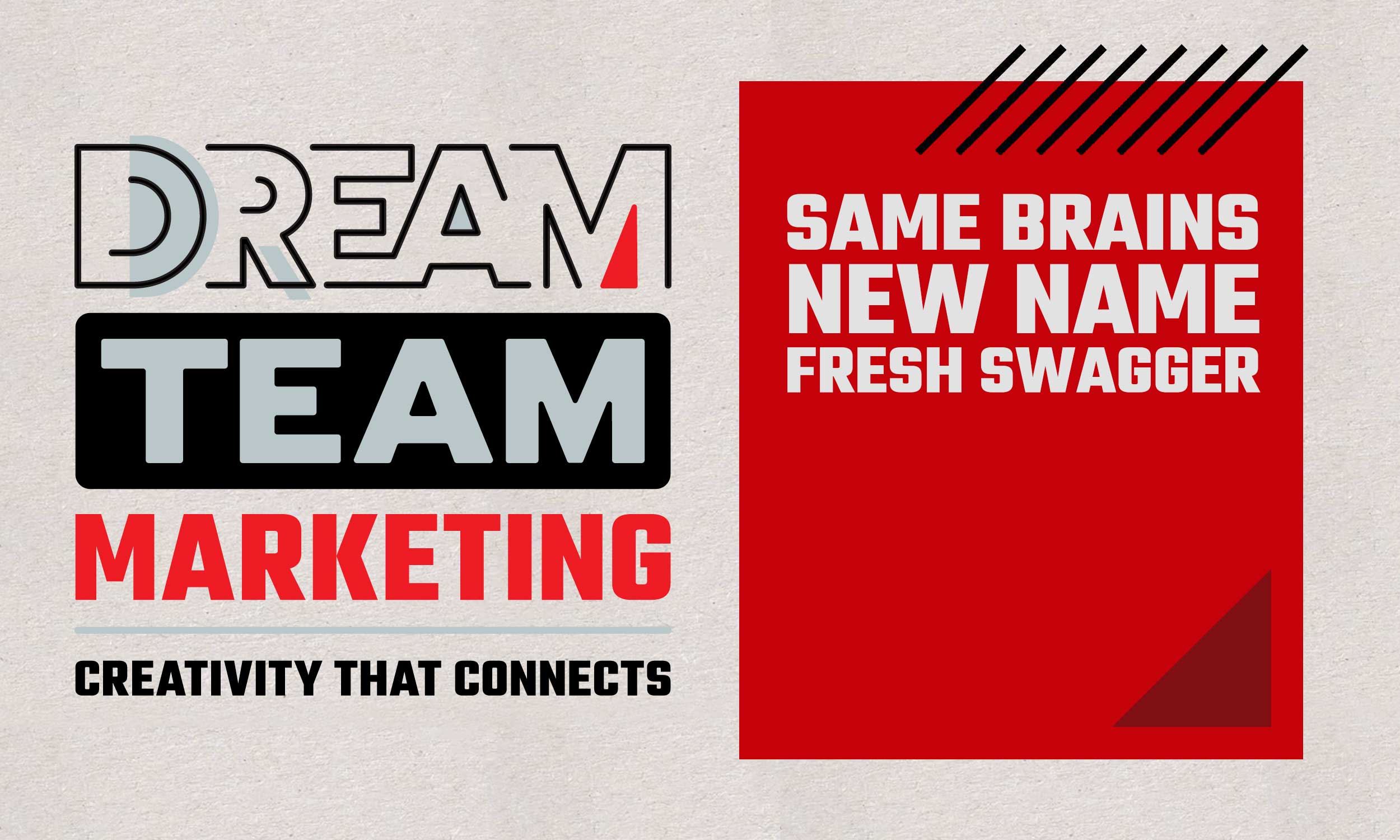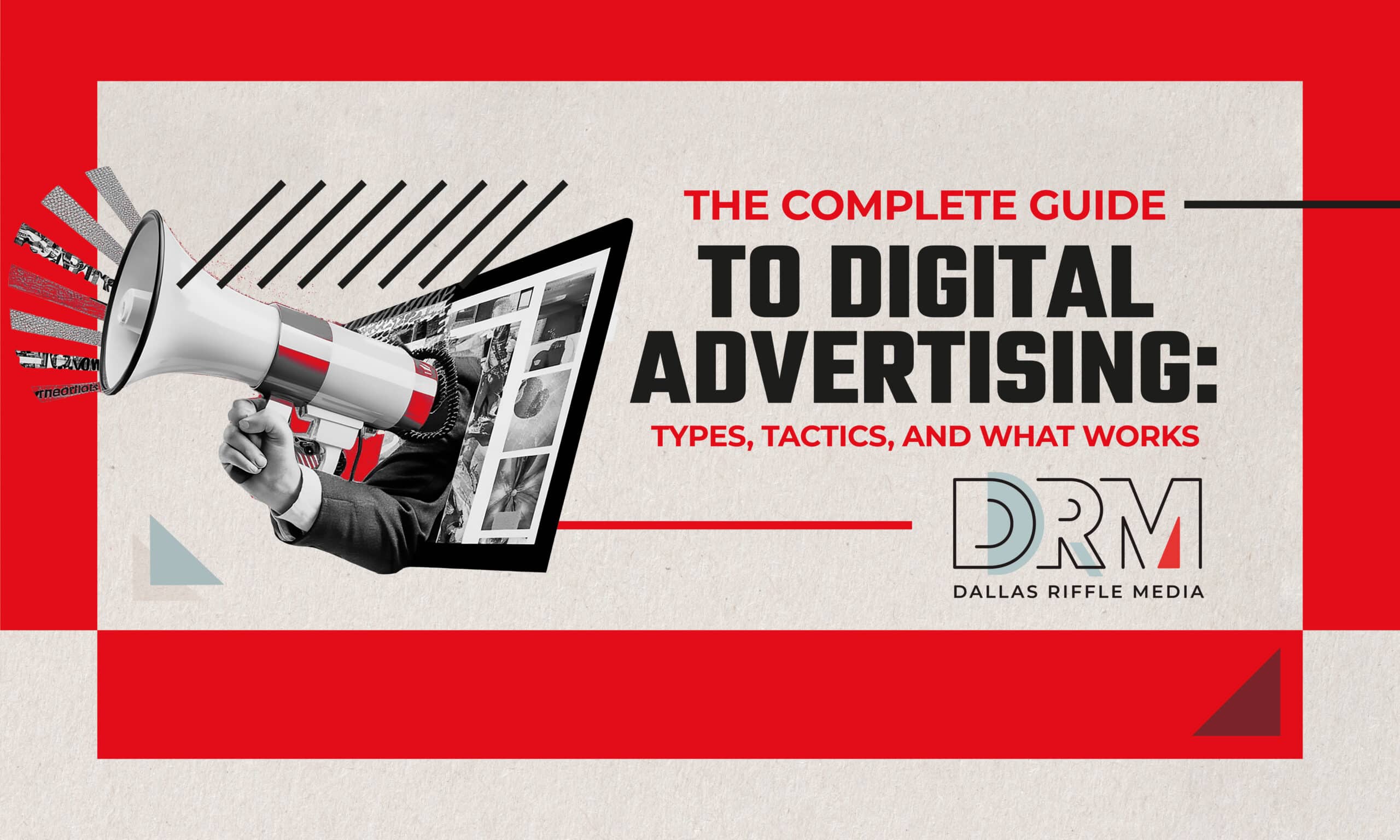
Optimizing Website Metadata for SEO
If you’re new to Search Engine Optimization (or SEO), the sheer amount of moving parts that go into proper SEO implementation for your website can be enough to make your head spin. If you are not used to scaling mountains of HTML and CSS like we are, it’s hard to know where to start. The simple answer is to start where Google starts. Please allow us to explain: When the infamous Google bots start crawling your page, they start at the top where much of your page’s metadata exists. The most important of these data are your page’s title, description and keywords. If you want your business to rank higher on search, these are the areas you should start with. Read on for some guidelines you should follow to properly optimize your website’s metadata for the best possible organic results:
The first question you may have is, “What exactly are the page title, description and keywords?” The title is basically the headline of your page. The description is a succinct, well… description of your page. These are the two main components that Google (along with other major search engines) use to rank website pages. While there are numerous other factors that come into play, these two lines of code hold a lot of weight when it comes to SEO ranking. Meta keywords are a series of keywords listed in the head of your page that some search engines consider as “clues” during crawling. While Google no longer uses meta keywords, other search engines such as Bing and Yahoo! still do. This is still definitely a good area to give your page some added SEO power.
Now that you know what these three tags mean, you’re probably wondering how they should be optimized. While you can technically make a page title or meta description as long as you want, there are best practices that you’ll want to follow to stay in Google’s good graces. A page title should be limited to 60 characters and a page description limited to 160 characters. A general rule of thumb is that you should also have no more than ten meta keywords. Keep your meta data short, sweet and to the point. Keep in mind that your page title and description are what populate the Search Engine Results Page (or SERP) when someone finds your website. It’s also important to consider that duplicate content hurts search rankings so you’ll want to make sure your meta information is unique for each page.
A page title should consist of your most important keywords. With very few characters at your disposal, you have to make them count! Our general rule of thumb is to include your company name, your main service or product and your geographic location. For instance, look at ours: “Full-Service Marketing Agency in Cleveland, OH | Dallas Riffle Media”. This tells people what our company does, what our name is and where we are. The | character is a great way to divide sections but you are not limited to this. The page title is placed on the top of your website’s source code with a tag.
Both your meta description and keywords appear within the Metadata section of your page’s source code within the document’s. Because you have a higher character count to work with, you can get a little more creative with your page’s description. Try to summarize your page content with as many relevant keywords as possible. Also add ten of your best keywords that describe the content of your page as meta keywords. Both of these are placed within tags. Remember that these rules are always evolving, so keeping up with current trends is important if you want to stay ahead of the game.
For those who are not experienced with web design, it can be incredibly daunting to learn. So- why not hire the pros instead? Dallas Riffle Media is a full-service marketing agency in Cleveland that specializes in website development and design. Give us a call at (216) 245-0835 to receive a free quote. To view our work, please visit our the portfolio page on our website.






